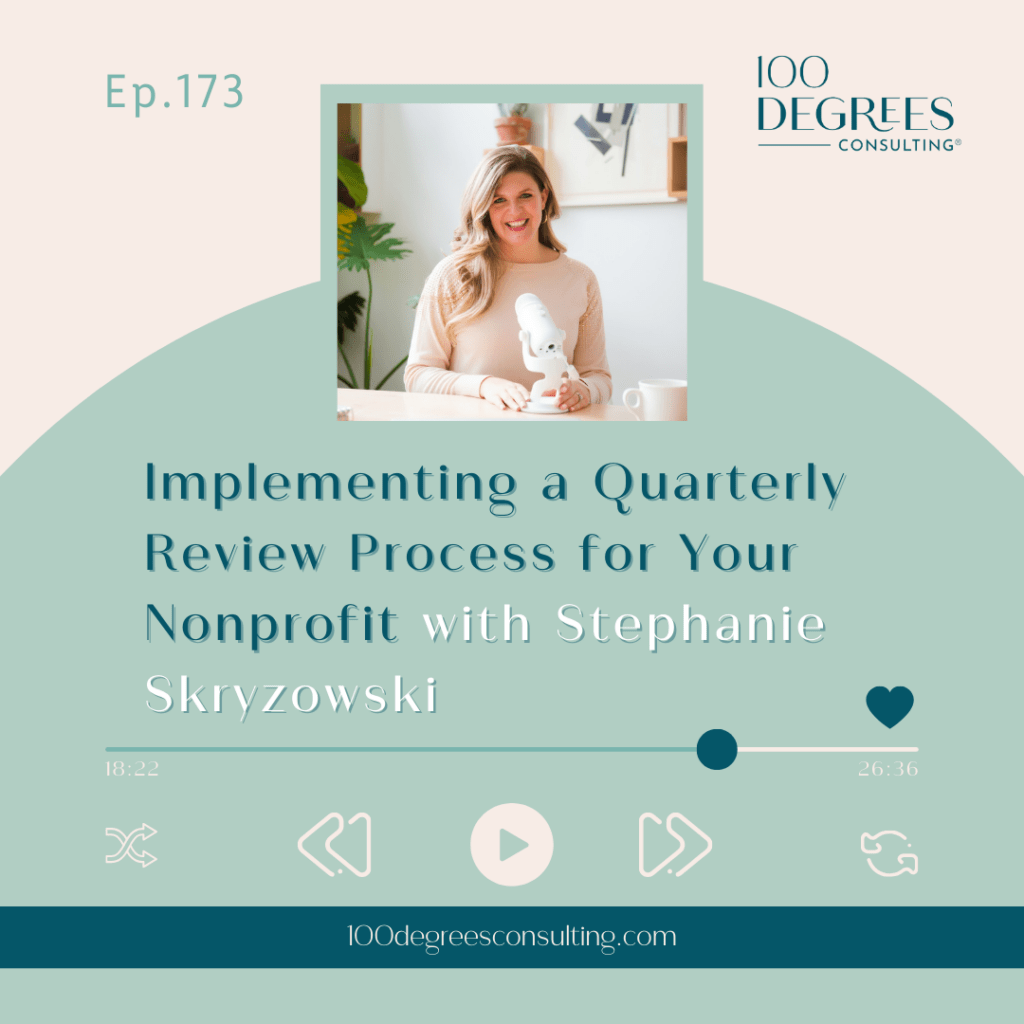
Have you seen the pretty scary statement from the Nonprofit Times that “most charities are teetering on financial peril”? According to this 2018 study, 50% of organizations, created to do more good in the world and serve those in need, are disappearing, dissolving, or closing up shop on a regular basis which means that whatever need they were created to fill is still out there. Eight percent of organizations are currently operating in the red and 30% are on the verge.
Financial peril. That’s a strong statement, but one that hits home to many organizations.
I recently wrote an article about the five steps nonprofits should take to build financial sustainability, and avoid the stress of living paycheck to paycheck (or donation to donation). But what I got to thinking about was the WHY behind this.
Why are organizations operating on a shoestring when there is a world of abundance out there?
I believe it boils down to two things:
- Scarcity mindset. Believing that there is only a limited pot of resources to go around, creating small fundraising goals and trying to cram our expenses (and impact!) into that goal.
- Lack of a business growth mindset. Growth = survival, and when we play small we don’t grow.
Forbes published an article titled Eight Ways Nonprofit Managers Can Embrace A Growth Mindset and I love that these eight strategies all come from nonprofit leaders, people who understand our sector and have traded the scarcity mindset for one of growth and abundance.
Here are a couple of my favorite strategies:
- Stay curious. When I go into a new organization and deep dive into their processes and procedures, especially as it relates to financial management, I hear the phrase “this is how we’ve always done it” far too often. Change (and growth, and impact!) doesn’t come by doing the same things the same way.
- Keep your eyes on the future. “What are you doing today to ensure that you’ll still be here tomorrow? Strategizing and planning for increases, both financially and in terms of capacity, are critical success factors.” I love this because in order to ensure we will be here in 5, 10, 20 years, we need to make sure we have the balance sheet and income statement to support that. (Check out my article on five steps to nonprofit sustainability!)
- Think like a business person. Know how to read your financial statements! Yes, yes, yes! (Want to be super savvy with your financials? Check out my article on insights hiding in your financial statements.)
- Encourage the team to share your growth mindset. Yes! I always encourage organizations to adopt a collaborative strategic planning and budgeting process to allow the whole team to dream big AND understand the resources behind those big dreams. When the team is involved from the beginning, they are more invested and engaged in the process to making those dreams a reality! (Want to learn more about my collaborative strategic planning process? Find the article here.)
- Invest in professional development. When things get tight, professional development is usually the first thing to get cut. But I’m pretty sure that it’s been proven to increase happiness and longevity of workers AND help the organization (I can’t provide any stats on this, so you’ll just have to trust my gut!) We have an online course in financial management over here which is perfect to help nonprofit leaders understand the ins and outs of managing the financials of a growing nonprofit. The best part is that it won’t blow your professional development budget AND the knowledge is transferable to everyone on your team! (Click here to Master Your Nonprofit Numbers!)
What do you think? How is your organization and leadership adopting a growth and abundance mindset? (Click over to Forbes for the whole article.)
PS – Are you ready to dive into a collaborative strategic planning process NOW? Remember, involving your team in your plans will lead to more engaged employees ALSO focused on growth! Grab our free strategic planning template here! >>>




















